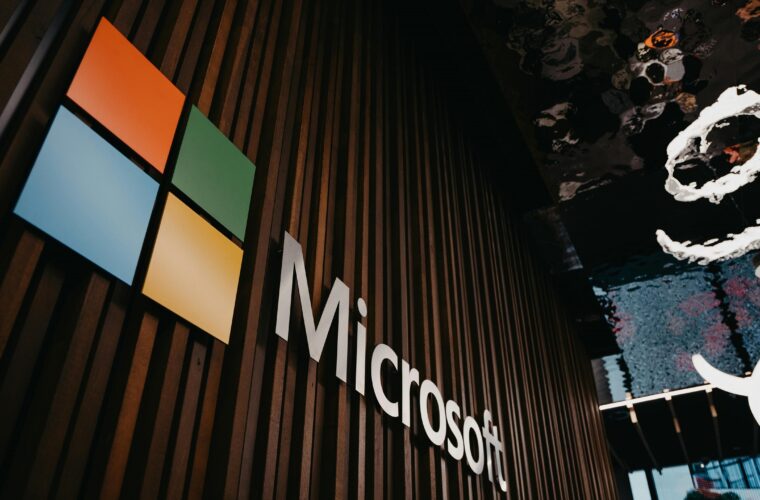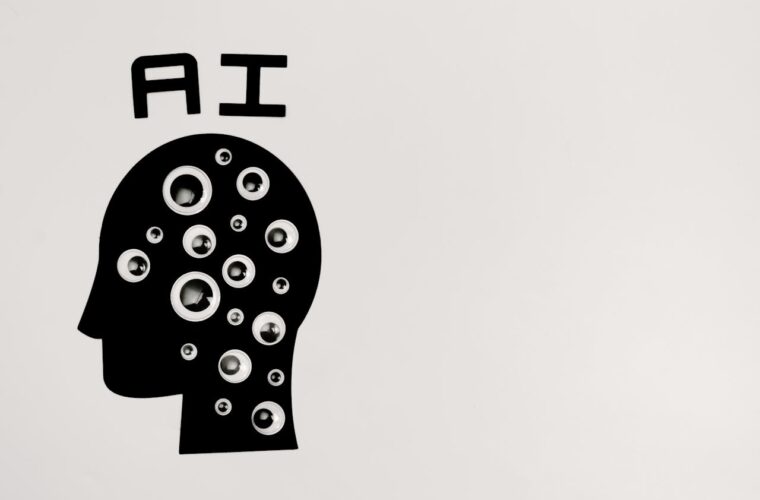Forrester report: how software development will change in 2024
Software development is one of the key activities for the digital transformation of companies and their markets. Emerging technologies, especially artificial intelligence, are revolutionizing the way software is created and managed, offering new opportunities for innovation, customization, and value. What will be the trends shaping software development in 2024? Forrester, in its new report Predictions 2024, writes that the factors that will have the greatest impact on the software development scenario will be TuringBots (assistants based on generative AI), the sharing of “quasi-open source” software, and the spread of the Backstage framework.
Forrester report predictions 2024
TuringBots are generative AI-based software that can produce code from existing data or user specifications. These can help developers save time, improve code quality and security, and generate creative and customized solutions. Some examples of TuringBot are GPT-J and BERT, open-source models that can generate text in different domains and tasks. Therefore, TuringBot is an umbrella term encompassing all generative AI-based technologies capable of generating and managing code. Copilot and ChatGPT are, therefore, the two most famous examples of TuringBots, capable of helping developers (here is the map to know who the ISVs are) end-to-end along the entire application cycle, from concept to testing, to deployment, to its continuous update.
TuringBots are not intended, at least in the short and medium term, to replace current professionals but to help them work better and significantly faster, thanks to their automation capabilities. This is true if we consider roles such as designers, developers, testers, and product managers since the work of AI still requires high levels of supervision by human experts.

Trends are arising – Forrester report
“Almost open-source software” is a platform that lies between the proprietary and fully open models. It is software that is made available for free or at low cost but with some limitations or constraints, such as licensing, support, or functionality. This type of software can foster the spread of innovative solutions and collaboration between companies but also create dependencies or legal risks. According to Forrester, it will pave the way for fake open source, underpinning new scenarios for the public distribution of software, which is increasingly constrained by special restrictions included in licensing clauses. While ajar source should provide additional impetus for the development of custom applications based on a very robust technology, on the other hand, tensions could arise among various stakeholders, especially when customers could be denied parts of the source code to which they legitimately think they are entitled.
Service and tools AI-powered
The Backstage framework is a self-service platform for developing and managing software applications. It was created by Spotify to simplify its software ecosystem and then made open source for the community. Backstage allows for uniform and scalable creation and management of different types of applications, such as web, mobile, cloud, IoT, etc. It also offers several integrated services and tools, such as documentation, monitoring, testing, and security.
Based on this comforting promise, Forrester expects 2024 to be the year of consecration for Backstage, set to become the framework of choice when it comes to “Automating, abstracting and exposing IT infrastructure functionality in the form of a portal for developers.” Forrester points out how “We also expect Backstage to start influencing internal API vendors in particular as ISVs and developers seek a single portal for all their internal development needs.” These trends show how software development is constantly evolving and how companies must adapt to take advantage of the potential of new technologies.



